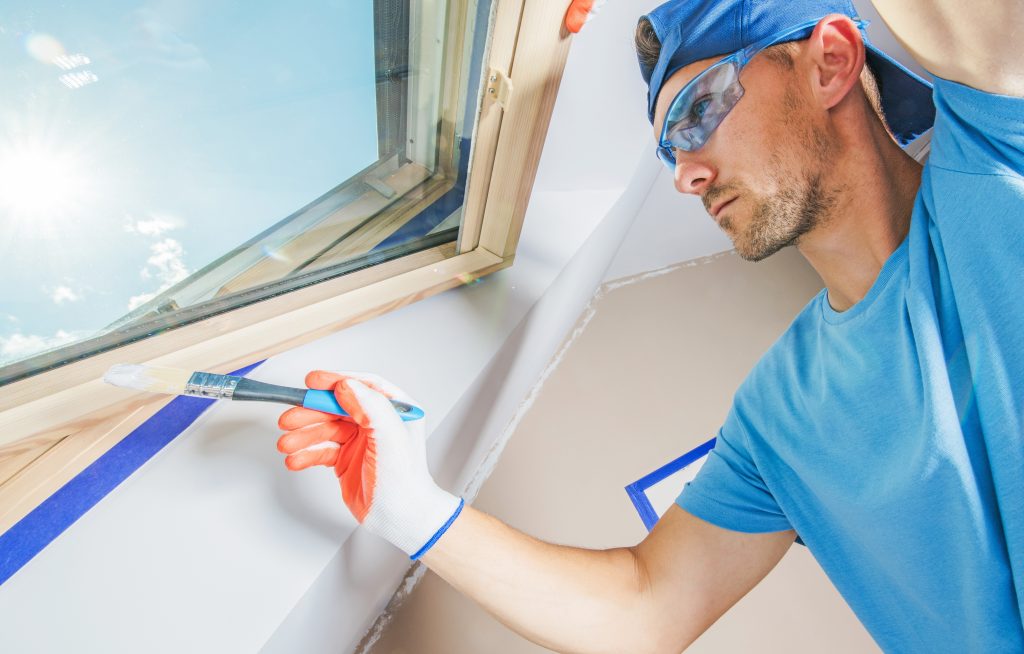
Painting your home is a big project. It’s important to do it right the first time so that you don’t have to redo it later. Unfortunately, many people make common painting mistakes that can cause problems down the road.
In this article, we will discuss 7 residential painting mistakes that you should never make. By avoiding these mistakes, you can save yourself time, money, and headaches in the future. Keep reading to learn more!
What are some common painting mistakes?
1. Not properly preparing the surface
If you don’t take the time to properly prepare the surface before you start painting, you’re setting yourself up for problems. It’s important to clean the surface thoroughly and remove any old paint, dust, or debris. Otherwise, your new paint job will not look its best. Make sure to clean the surface thoroughly before you start painting. Remove any old paint, dust, or debris. This will help your paint job look stunning.
2. Choosing the wrong paint
There are different types of paint for different surfaces and purposes. You need to make sure you’re choosing the right paint for the job. Otherwise, the paint won’t adhere properly or won’t provide the right finish. Ensure that you are using the correct paint. This will help the paint adhere properly and provide the right finish.
3. Not using primer
Primer is an important step in painting, but many people skip it. Primer creates a smooth surface for the paint to adhere to and can help with coverage. Without primer, your paint job is more likely to be uneven and may not last as long. Primer is an important step in painting. It creates a smooth surface for the paint to adhere to and can help with coverage. Without primer, your paint job is more likely to be uneven and may not last as long.
4. Painting in direct sunlight
If you paint in direct sunlight, the paint will dry too quickly. This can cause issues with the paint job, such as brush marks or streaks. It’s best to paint in indirect sunlight or in the shade.
5. Not using drop cloths
Drop cloths are important for protecting the surfaces around your painting area. If you don’t use them, you’re more likely to get paint on floors, furniture, or other surfaces. This will make cleanup much more difficult.
6. Using old paint
If you use old paint, it may not adhere properly or may not provide the right coverage. It’s best to use fresh paint for your project.
7. Not testing the paint
Before you start painting the whole room, it’s important to test the paint on a small area. This will help you make sure you like the color and that the paint is the right type for the surface.
If you want to learn about the best way to paint residential property, read more of our blogs or visit our contact page to book an appointment for top-of-the-line painting services.
